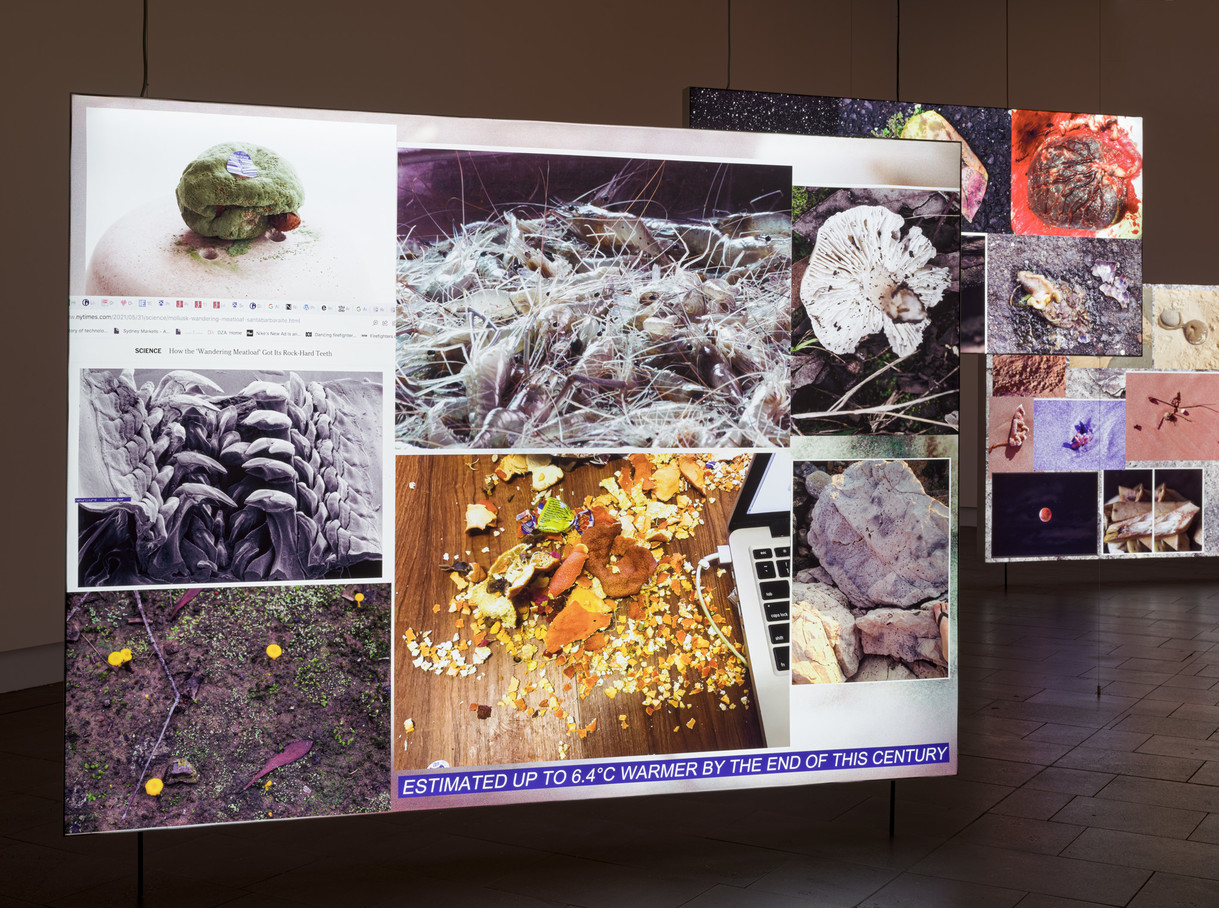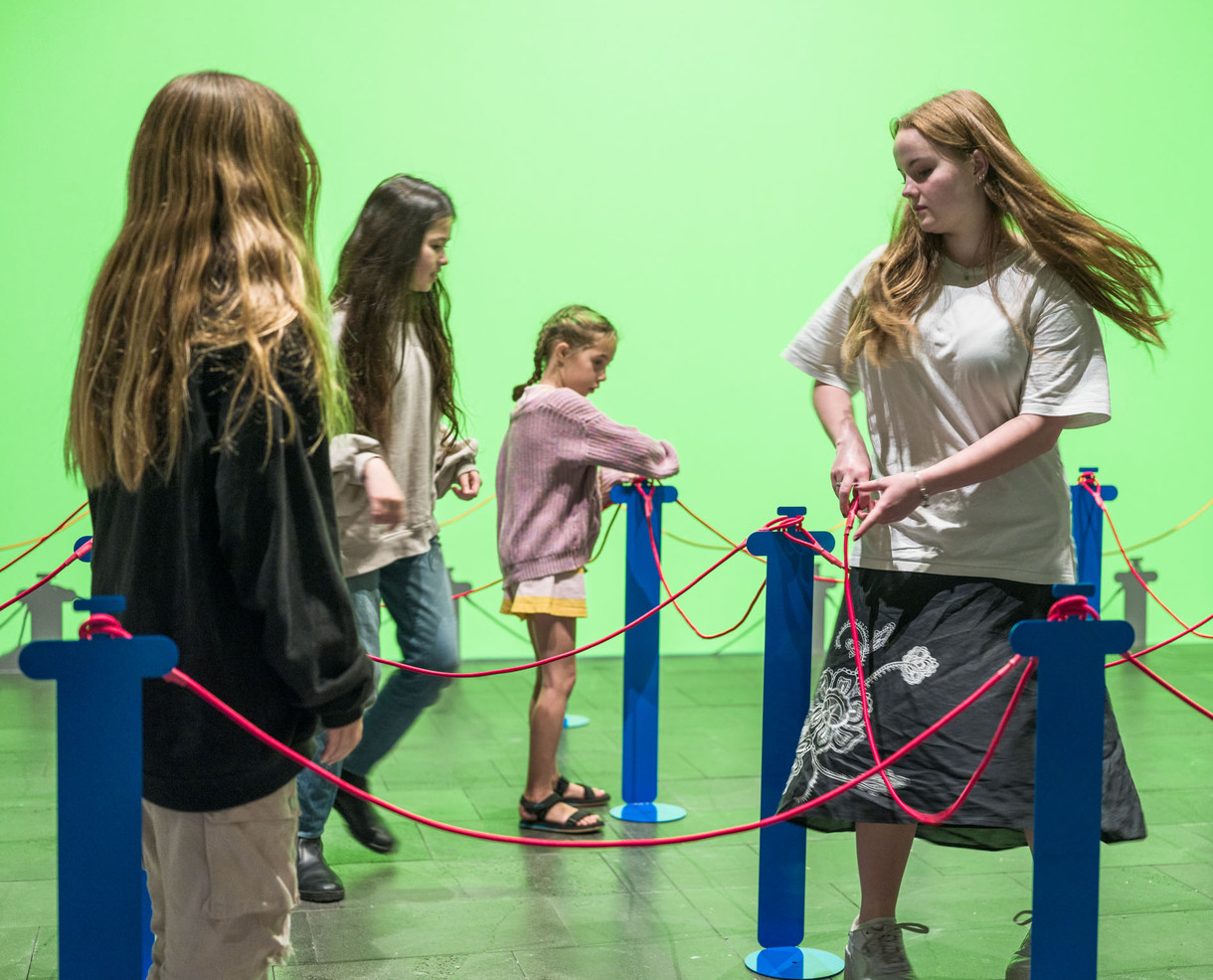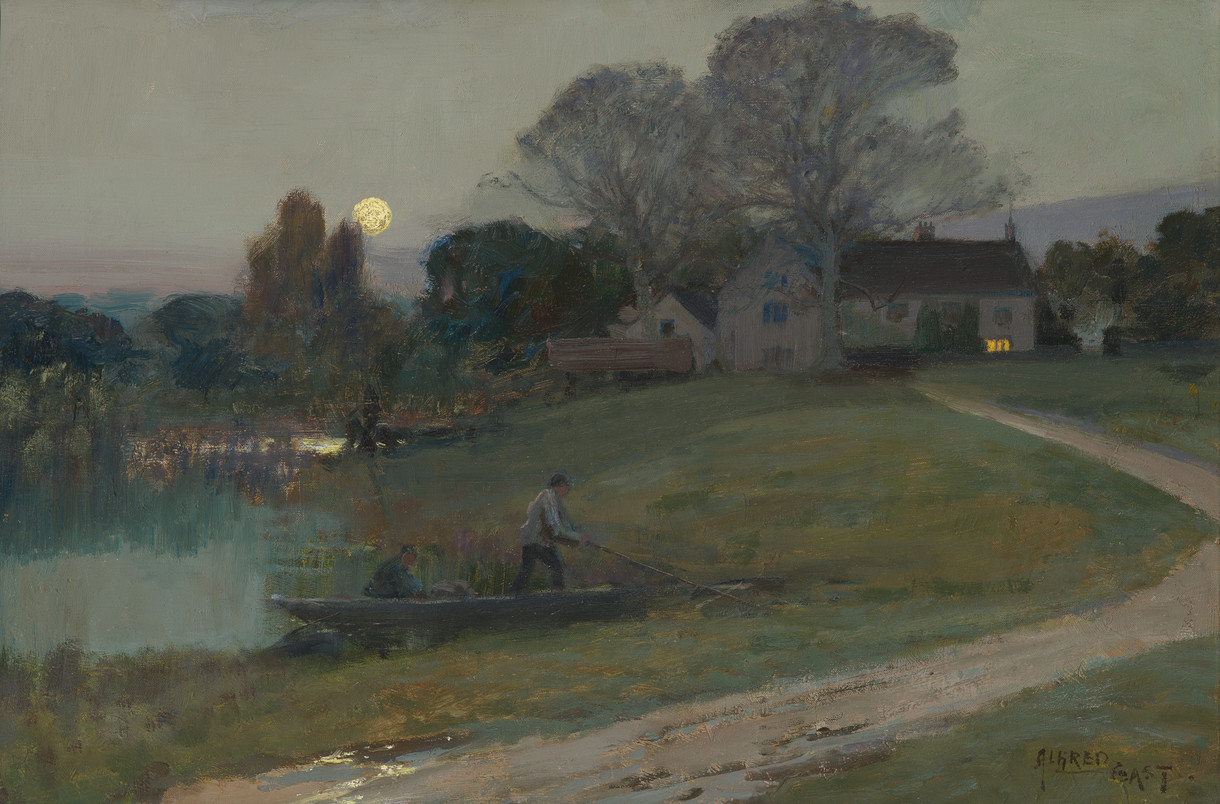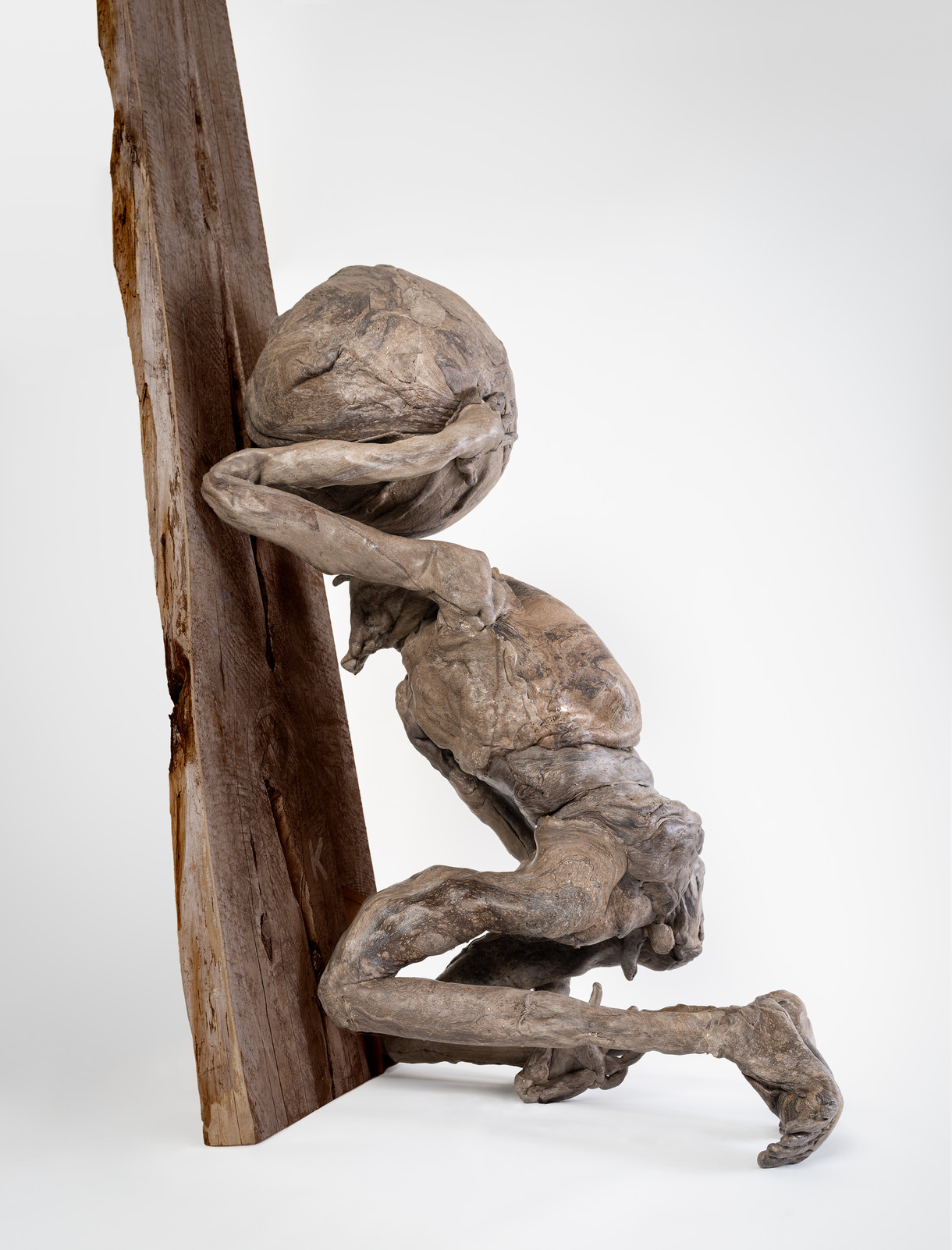Director's Foreword
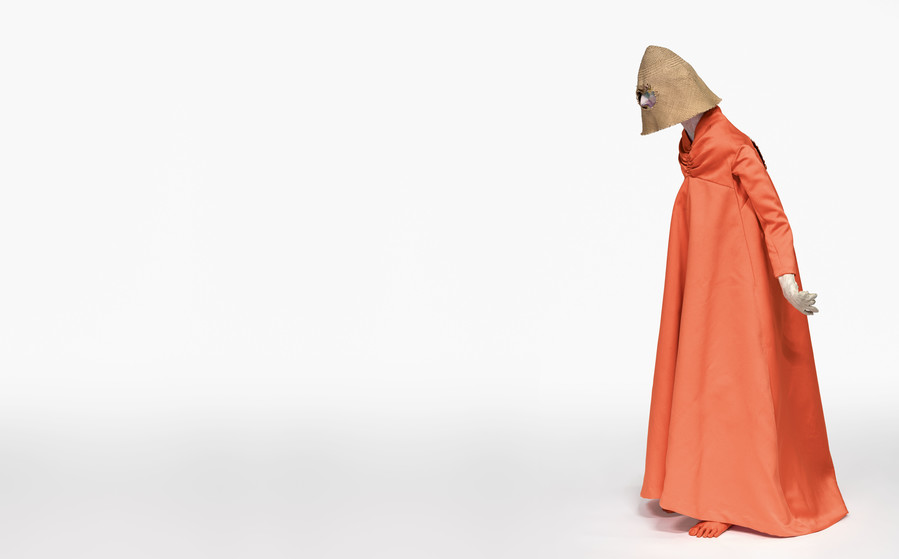
Francis Upritchard A Peach 2021. Steel and foil armature, paint, modelling material, fabric, metal, straw, rhinestones, leather gloves
Welcome to B.207, the autumn edition of Bulletin. Like the rest of the country, the Gallery has been operating under the Government’s Red traffic light setting since late January. It has to be said that art galleries are, in general, pretty good places in which to practice social distancing. However, while we remain open and welcoming visitors, the recent surge in the Omicron variant of Covid-19 is affecting our ability to schedule our programme. Our team are working hard to continue bringing you a range of exhibitions, events and activities, but as we are all finding throughout so many areas of our lives right now, planning (in the short, medium and even long term) remains tricky. It’s an evolving situation and, reflecting this uncertainty, I encourage you to keep an eye on our social media channels and website for updates.
Tatou tatou, nau mai ra is a new project we recently commissioned with Te Whanganui-a-Tara Wellington-based Kāi Tahu artist Turumeke Harrington – it will be a playful, interactive sculpture that invites us to think about whakapapa, connections and choices. Using specially designed stanchions to create an ever-changing network of pathways, visitors will navigate their way between a series of small ‘islands’ shaped as pātiki (flounder). We were expecting to be in a position to display this exciting new work at the Gallery from April until May of this year. However, as this issue of Bulletin was going to press we regretfully made the decision to postpone the exhibition until late 2022 or early 2023. We are very much looking forward to sharing it with you when we can. In this issue of Bulletin Turumeke talks with Kommi Tamati-Elliffe (Kāi Tahu / Te-Āti-Awa / Taranaki) and Kirsty Dunn (Te Aupōuri / Te Rarawa / Ngāpuhi) about her practice, collaborative relationships, Kāi Tahu stories and kaupapa.
Opening in the Gallery in early April, Francis Upritchard: Paper, Creature, Stone is a substantial new exhibition from Christchurch-born, London-based artist Francis Upritchard. This exhibition is the result of the time Francis spent recently as the inaugural artist in residence at Sutton House, and we’re excited to be able to display the results of her stay. It’s a project that we’ve been working with Francis on for some time now, and I’d like to thank Christchurch Art Gallery Foundation and the many supporters who have assisted us in making this happen. For Bulletin we invited writer and editor Gwynneth Porter to respond to the new work. Gwyn and Francis are friends and regular collaborators, and the resulting feature is strange, poetic and unsettling, much like the exhibition itself.
Curator Melanie Oliver looks at Alicia Frankovich’s ambitious Atlas of Anti-Taxonomies project, which asks us to consider new and sometimes uncomfortable ways of relating and assigning value to the other objects and beings we share our world with. Alicia highlights the patriarchal, colonial and monocultural lens we have used to assign hierarchies and order upon our world, and opens up the potential for a new order. And expanding upon our The Moon and the Manor House exhibition, University of Canterbury senior lecturer in Art History and Theory Rosie Ibbotson examines the ideals and motivations of the Arts and Crafts movement in New Zealand. She asks how its makers might feel about seeing the objects they created for practical use on display in galleries today, their values integrated into the capitalist system that they opposed.
Vorticism was a short-lived radical English art movement that embraced the machine age the Art and Crafts Movement had been rebelling against. Published in 1915, BLAST! was a magazine that acted as its manifesto, ‘blasting’ and then ‘blessing’ aspects of society. A second, and final, issue followed after the outbreak of World War I. The Gallery was delighted to be given copies of both, which are now housed in our rare books collection; here, curator Peter Vangioni looks at the books and the radical nature of their design and typography.
Our My Favourite comes from Christchurch-based designer and Flying Nun alumni Lesley Maclean, who selects a work by Robert Herdman-Smith from the collection of our sister institution, Akaroa Museum. And our Pagework is supplied by Nina Oberg Humphries, who has recently been featured in a new display in our refreshed collection exhibition Te Wheke.
At the end of February we said goodbye to our Foundation Partner, ANZ Private, who have been with us for the last six years. We thoroughly enjoyed working alongside Stu Roberts, André Hofenk and their team, and we are grateful for their outstanding support of the Gallery and the arts in Ōtautahi over the years. We wish them all the best. The role of Foundation Partner is enormously important to us, and as one door closes another opens: I’m thrilled to welcome Jarden, New Zealand’s leading investment and advisory firm, on board as our new Foundation Partner. We look forward to exploring common ground together, and creating new opportunities for the Gallery and for our city.
And on the subject of goodbyes and new beginnings, it was with much sadness and a huge amount of pride that we recently said goodbye to our colleague and friend Nathan Pōhio. Nathan is taking up the role of senior curator Māori at Auckland Art Gallery Toi o Tāmaki. We wish him the very best and know he will make great things happen.






